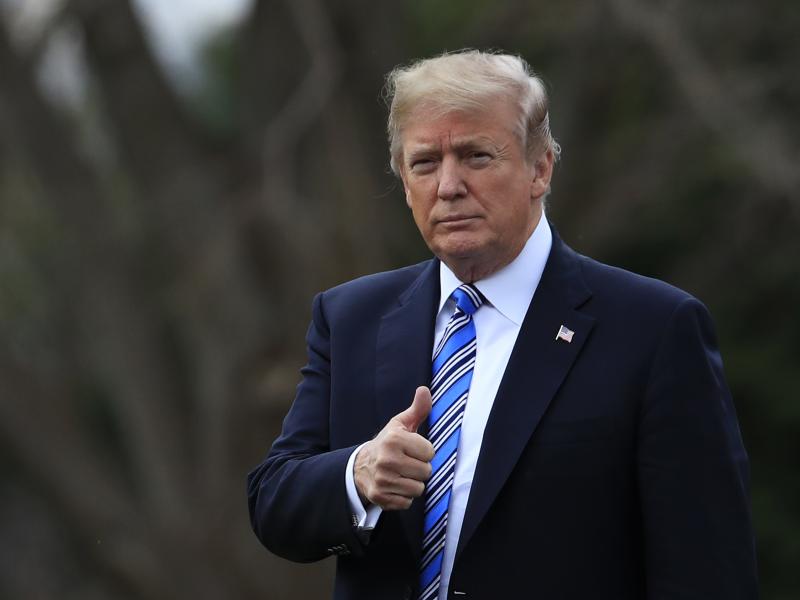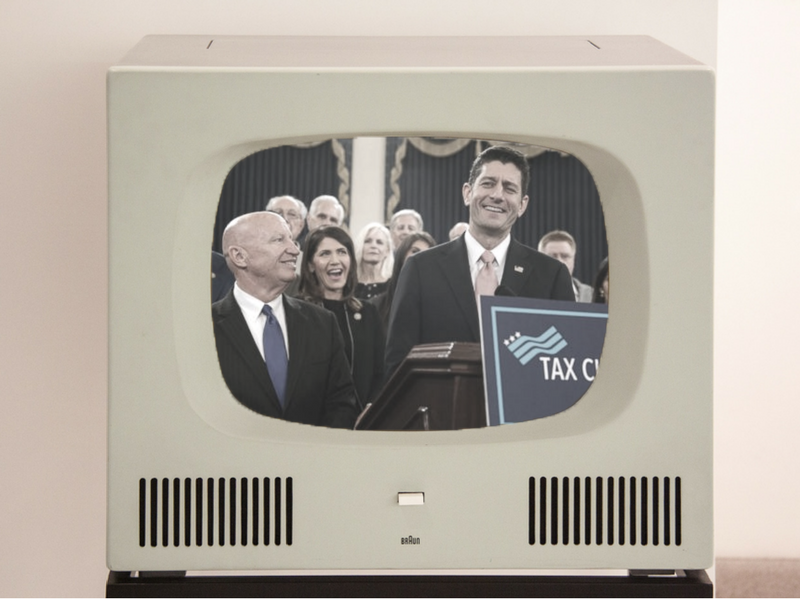
The game plan for congressional Republicans in 2018 isn’t all that complicated. Talk up the growing economy, while also highlighting the benefits of the tax cut legislation (More money in your pocket! Bonuses to workers!). Do good opposition research on Democratic challengers, hope Democrats nominate the weakest candidate out of these multi-candidate primaries and spend the fall tying those Democrats to Nancy Pelosi.
Bing. Bang. Done.
However, in the era of Donald Trump, nothing is ever simple. Many GOP members and strategists are content to finish the year without tackling some of the more substantive and difficult issues in front of them. The president, however, is not. Republicans in Congress know that the big things left on their plate — immigration, trade, guns — are also the things that divide the party. For example, plenty of Republicans privately breathed a sigh of relief when the Supreme Court passed on an opportunity to weigh in on the DACA issue. Now, there’s no need to take a tough vote on an issue that deeply divides the GOP before the midterms.
The president, of course, isn’t interested in just promoting the economy and tax cuts. The “deal-cutter-in-chief” wants to be able to deliver on promises he made on the campaign trail, with or without the help of the legislative body. He wants to promote his brand, even at the expense of the reputation of his party’s members in Congress. It wasn’t accidental, for example, that multiple times during the televised ‘discussion’ with members of Congress on gun policy, the president mentioned that while he was unintimidated by the NRA, members of his party were “afraid of the NRA.” This was a not-so-subtle reminder by Trump that he remains the outsider in Washington and the one politician who doesn’t owe anyone anything politically. His party, however, well, they are still part of the old, outdated and broken system. Of course, in promoting his ‘brand’ as separate (and better than) the Republican one, Trump only further divides and depresses support for the candidates who are on the ballot in 2018.
The trade issue is another one that allows Trump to distinguish himself from traditional GOP orthodoxy, and forces Republicans in Congress to choose between sticking with their economic ideology, or risk disappointing their voters who want to see Trump’s vision and promises fulfilled. A new poll from Quinnipiac University illustrates this tension. While just 31 percent of Americans support imposing a 25 percent tariff on steel imports and a 10 percent tariff on aluminum, almost two-thirds of Republicans are supportive (58 percent).
In midterm elections, the president’s job has typically been to do whatever he can to help his party. Talk up the good stuff. Downplay the bad stuff. Go on the campaign trail for candidates who want you. Stay in the background if they don’t want you. This president, of course, isn’t interested in reprising this traditional role. Even though he isn’t on the ballot, Trump wants to be the center of attention. This is why it’s going to be hard for Republicans, no matter how much they try, to keep the focus on taxes and the economy instead of Trump and the controversy.
Image: AP Photo/J. Scott Applewhite


Subscribe Today
Our subscribers have first access to individual race pages for each House, Senate and Governors race, which will include race ratings (each race is rated on a seven-point scale) and a narrative analysis pertaining to that race.